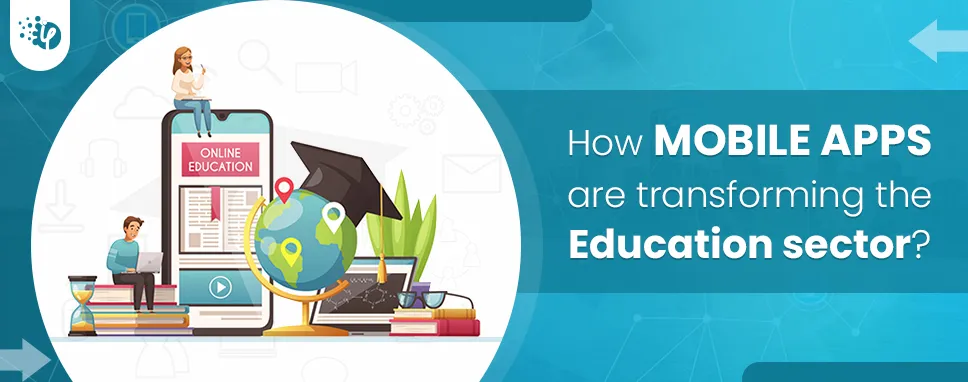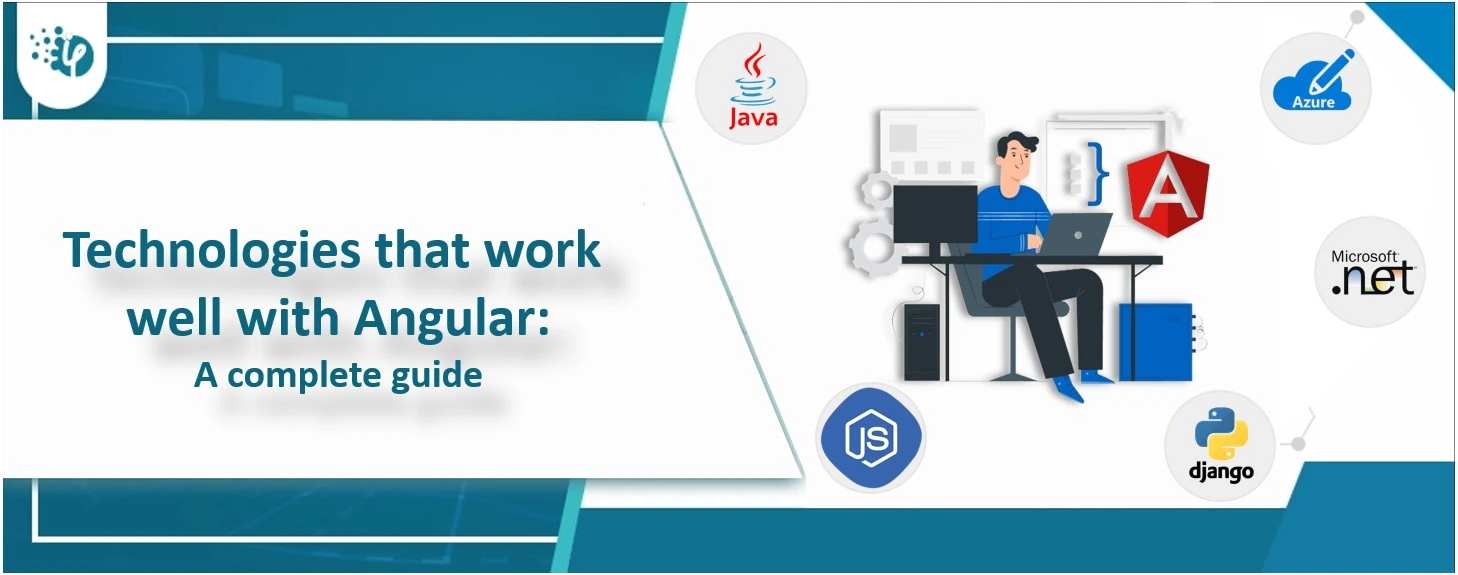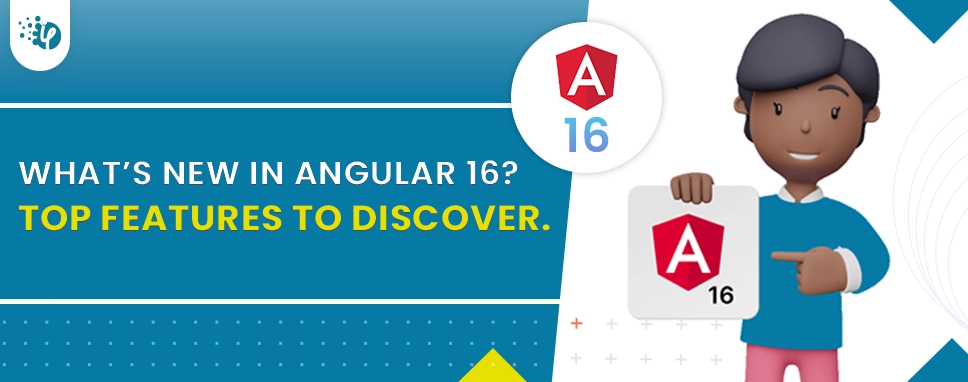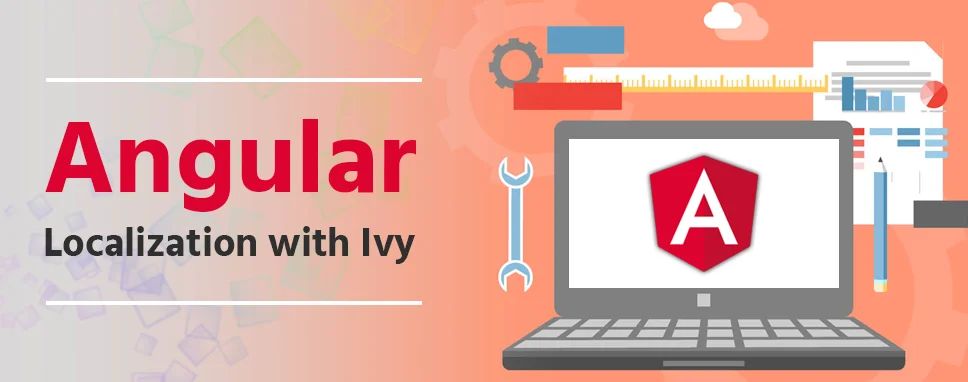Technologies that work well with Angular: A complete guide
Do you know 7 out of 10 people in the world today, use mobile apps for almost everything – from social media, and e-commerce, to healthcare and online transactions? Now you imagine...
Listening is fun too.
Straighten your back and cherish with coffee - PLAY !

Just less than a year before children in many parts of the world were taking distant classes from their teachers instead of going to school. The menace of the Covid pandemic made a very harsh impact on the education sector. But thanks to remote education apps and tools like Google Meet or Zoom, most students continued to study in a different environment.
During the pandemic's rough times, smartphone applications functioned as virtual classrooms, and as a result, mobile application development, for education has thrived.
What the future looks like for educational apps? In what ways mobile apps are transforming the education sector? These are some of the questions that any education app development company ,tries to focus on for bringing new innovations for learners and teachers. Here we are going to explain the connecting dots of this perpetual transformation in the education sector.
The most crucial fallout of using apps in the learning environment is increased interactions between the learners and teachers and among the learners. More interactions obviously bring more engagement and attention resulting in better learning outcomes. It is particularly true for school children who engage with educational apps as new playthings. No wonder, most educational apps these days focus on offering interactive methods for playful learning experiences.
In many educational apps, a smart interface equipped for visual learning facilitates easier engagement. A plethora of content types ranging from visually optimized texts, rich graphics, animations, small videos, and even chatbots allow students to learn, practice and deliver in an extremely engaging manner.
The current integration of Virtual Reality (VR) and Augmented Reality (AR) into educational apps has aided in providing learners with an immersive experience. An AR-based software can help kids learn about plants, trees, and environmental phenomena in a fun way while on an excursion or nature trip. The VR experience provided by educational applications, on the other hand, may let learners feel like astronauts while exploring the Milky Way and star constellations.
An education app can just work like a virtual school that never really shutdowns. The students can just open their app any time of the day, read or watch something, take part in an online test, answer some questionnaire with game-like scoring, and leaves the app for something else only to return later and start working from where they left.
Educational apps offer virtual classrooms without boundaries of location and time constraints. Everyone has a fair share of the rich learning content anytime anywhere while still having the options to measure progress, track the time spent on learning something, and compare their output with other learner-users of the same app. It’s all so simple and streamlined that you practically can feel the app be your best tutor buddy.
The flexibility to access educational content and attend even a virtual classroom from anywhere is probably the biggest boon responsible for the increasing popularity of educational apps. During the pandemic, millions of students across different grades, levels, curriculums, and institutions could continue their education just thanks to this remote accessibility.
Online courses offering remote education have been there for some time. Now many of these online courses from reputed institutions turned to mobile apps for easier accessibility through handheld devices. By allowing relentless and continuous communication and collaboration among the students and teachers irrespective of the locations, educational apps have now become irreplaceable tools for learners across all grades and courses.
Since educational apps incorporate some notions of cognitive science, this makes a positive impact on the cognitive learning abilities and skills of the students. The multifaceted content prepared to stimulate the cognitive faculties of the learners ultimately ensures better learning outcomes with far less stress.
Through interactive educational apps, solution-driven thinking and problem-solving skills are developed. The byte-sized content with ample scope for interactive learning help students develops command of a subject faster than the traditional methods of learning.
Another crucial aspect of educational apps is the ease and flexibility of customizing the learning experience and the content. Based on the learner’s cognitive abilities and emotional makeup, the AI engine running in the background can define the speed and content of the curriculum for better learning outcomes.
A student can set their learning goals within a specific time frame and the app can create the flow and content accordingly. This customization can also take place in regard to the teaching methods, timing, tests, evaluation process, and other aspects. The scope of learning at an individual pace with learner-specific attributes ultimately ensures a better learning experience.
With educational apps, evaluation and tests happen instantly most of the time and with almost zero scopes of biased errors since here the test results are auto generated.
The best thing is, without the intervention of teachers, learners can take part in tests on their own and can get a quick assessment of their skills and capabilities. Learners can also take part in institution-run evaluation processes and tests from time to time after preparing enough through mock tests on their handheld devices. Ultimately this gives ultimate control to the learners corresponding to their learning assessment.
If you look at some of the most popular educational apps in the market, you will instantly realize how education going beyond the four walls of classrooms has opened up opportunities for learners across different streams. Based on your curriculum and subject you can find a variety of professional courses that further can help you in shaping a career.
If you are a student of computer science and have a knack for coding you can just get free courses on coding, learn some programming languages, get versed with data analytics fundamentals or just can learn web or mobile app development. Alongside your regular curriculum, you can always extend the scope of education through these mobile app-based courses.
Thanks to educational apps the entire learning experience has become more intuitive, productive, and intelligent. You complete a lot of tasks and focus on learning while many of your mundane activities are organized by productivity tools.
Thanks to Augmented Reality (AR) and Virtual Reality (VR) technologies, learning has become more immersive and engaging in nature with ample scope for hands-on training without budging feet. A VR-based app can help you travel in virtual space or landscapes to furnish your understanding of geography, natural phenomena, and space objects. An AR-based app can allow a botany student to scan the plants and generate rich analysis on their smartphone screens in real time.
Mobile apps have penetrated every area of our day-to-day living and education is one major area where app-based innovations have made the most era-defining impact. You have the most interactive, engaging, individual-focused, flexible, and constraint-less school in your handheld device thanks to the educational apps.
The impact of these apps is so grave and encompassing that the future of education is unthinkable without these apps. The impact is so deeply penetrating that the future of education is unthinkable now without educational apps.

Do you know 7 out of 10 people in the world today, use mobile apps for almost everything – from social media, and e-commerce, to healthcare and online transactions? Now you imagine...

Technologies make a big deal in the business world asserting only one thing; to keep up or get left behind. Angular is one such technology that caught drastic attention in a short time and became a trusty tool for several clients due to its spectacular features.

Part of the new Angular rendering engine, Ivy having a new method for localizing applications- especially extracting and translating text. This blog explains the benefits and some...